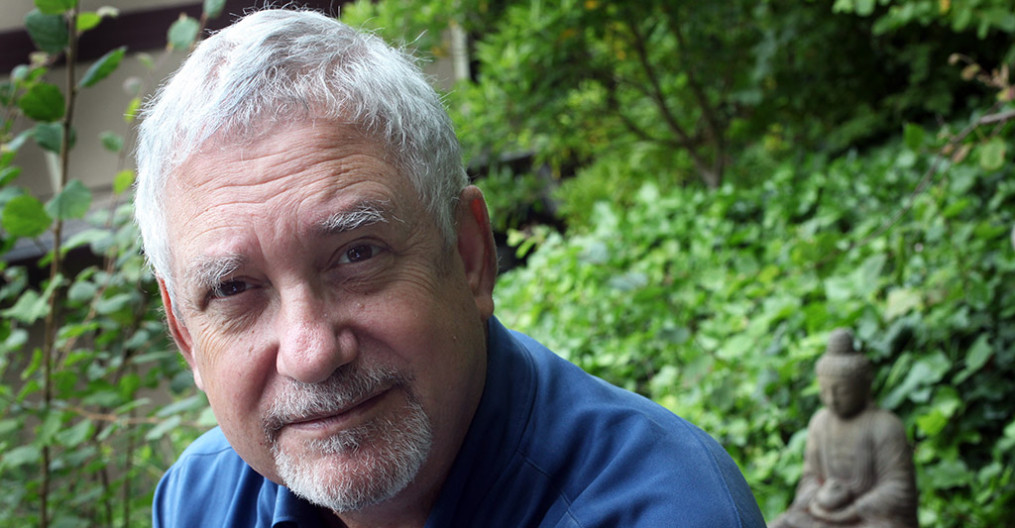So what do we do with our aging thoughts? How can we transform them from exercises in comparison and regret into more wholesome insights that nourish us? (If you are tuning in to this blog for the first time, read the last post, “Mindfulness of Aging part I”.)
There are three parts to transforming mindfulness: clarity, insight, and re-centering.
Clarity means to know what is actually going on. In practice it means to drill down beneath the superficial thought that our mindfulness has made us aware of (such as the thought, “I guess I’ll never go to Africa…”) to the underlying emotion—in this case, probably a queasy and anxious sadness. Feel that feeling, don’t avert from it. It is who you actually are right now. To feel the feeling is the first step in liberating and resolving it. When you actually feel the feeling, you are not owned by the feeling any longer; instead, you are the owner, the boss of the feeling.
Insight means to understand where the deep feeling comes from, and why we are feeling it. That feeling of sadness is actually not some problem requiring a solution; it is the basic human condition. From the moment we are born we and everything we love are fleeting and fragile. That is our only existence, there is no other. You are not the only one who feels this; everyone feels this (or would feel this if they were actually tuned in to their deep feeling).
Re-centering means to set aside our unpleasant feeling, and return to something more solid. It could be a thought: “But right now I am alive!” It could be a deep breath, which proves (in case you doubted it) that you indeed are alive. It could be a thought of gratitude; “I’m so happy I have a new grandchild.”
Mindfulness, clarity, Insight, Re-centering. This is the basic transforming meditation of being awake.












